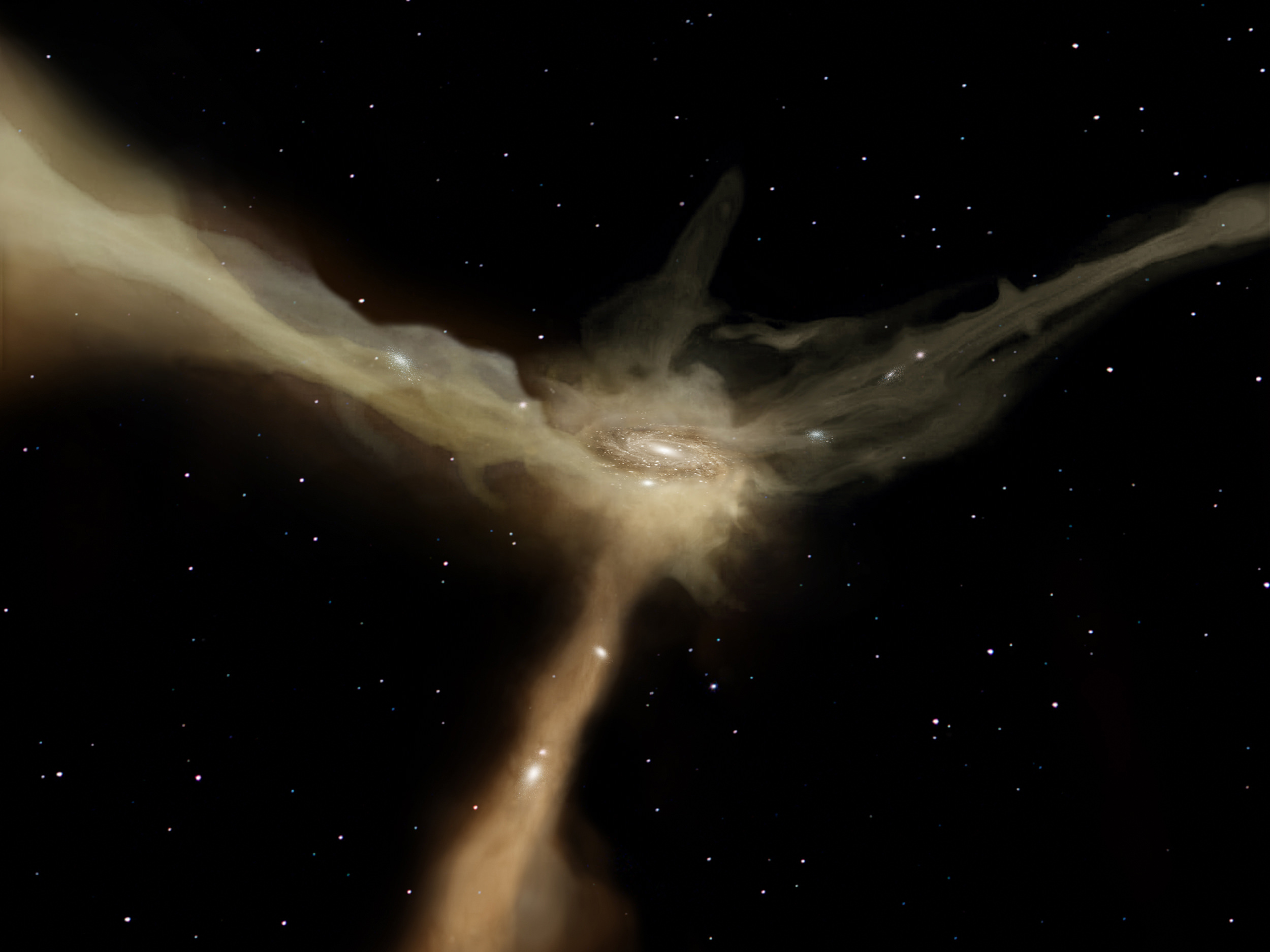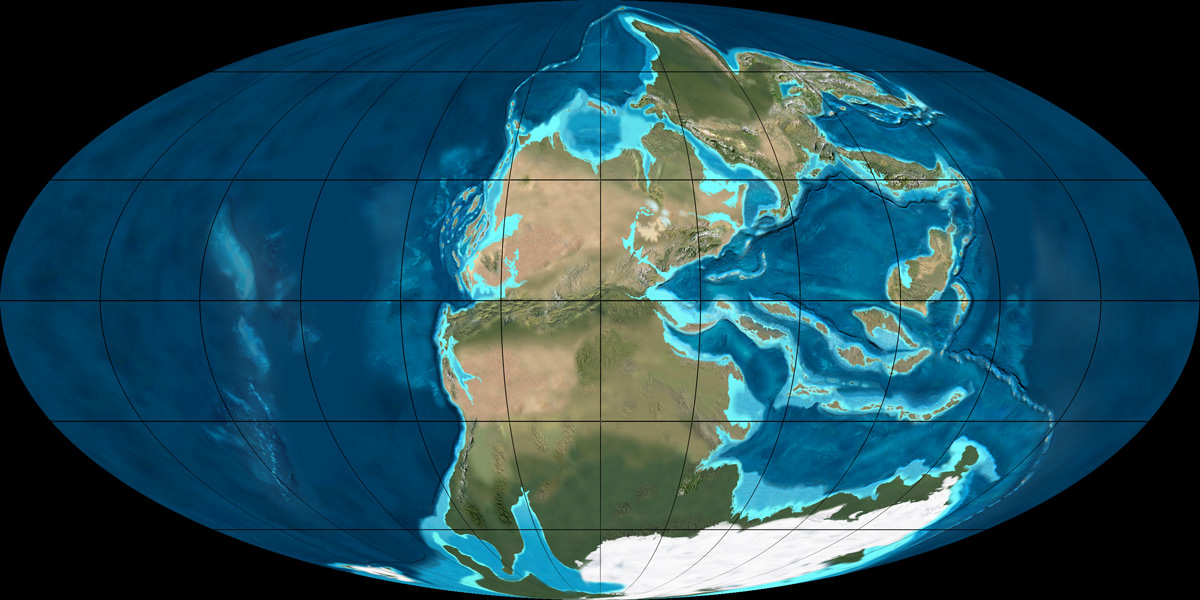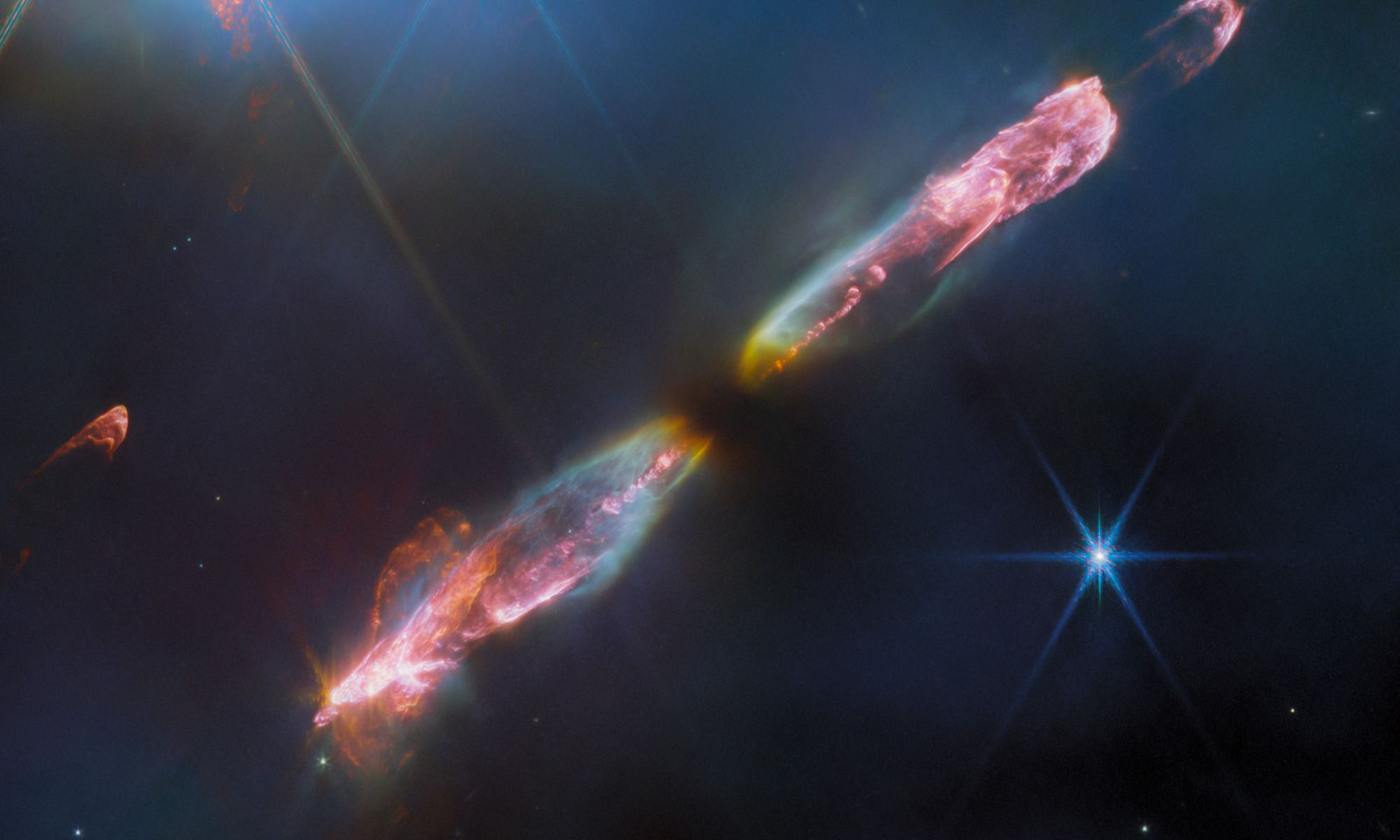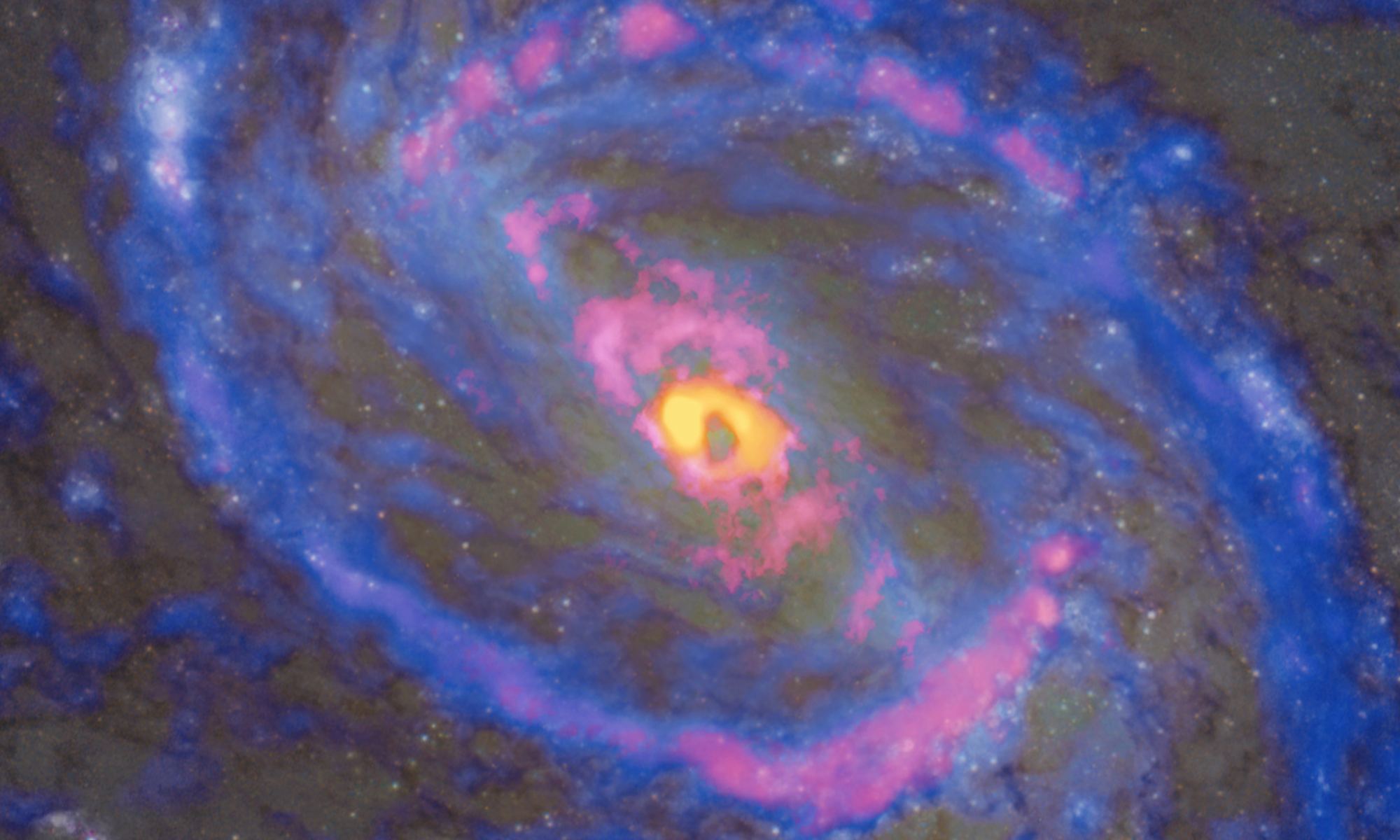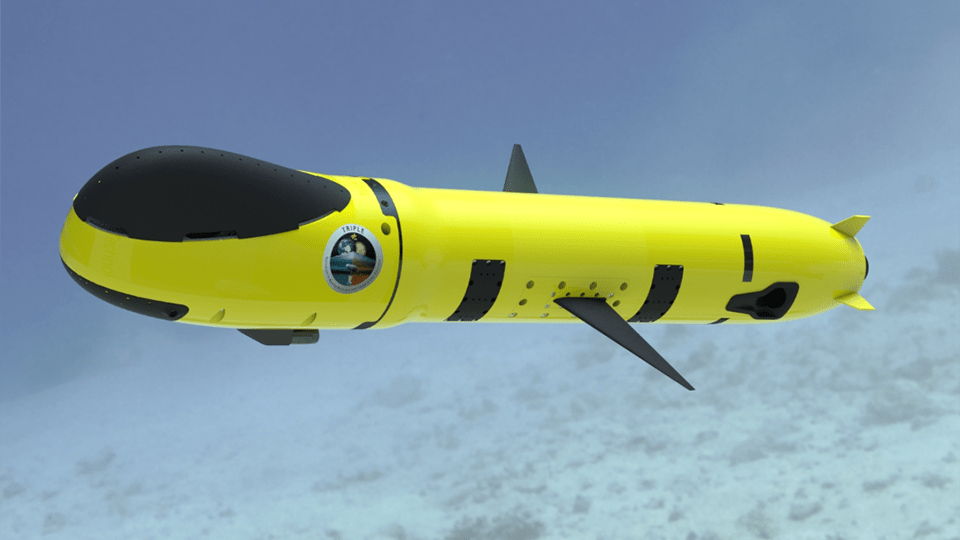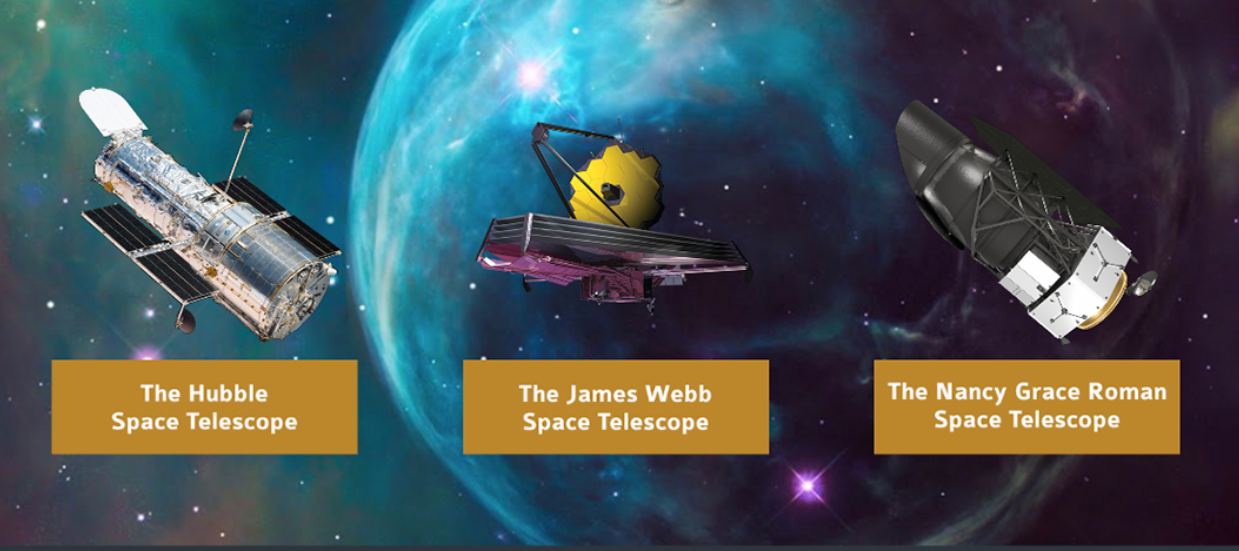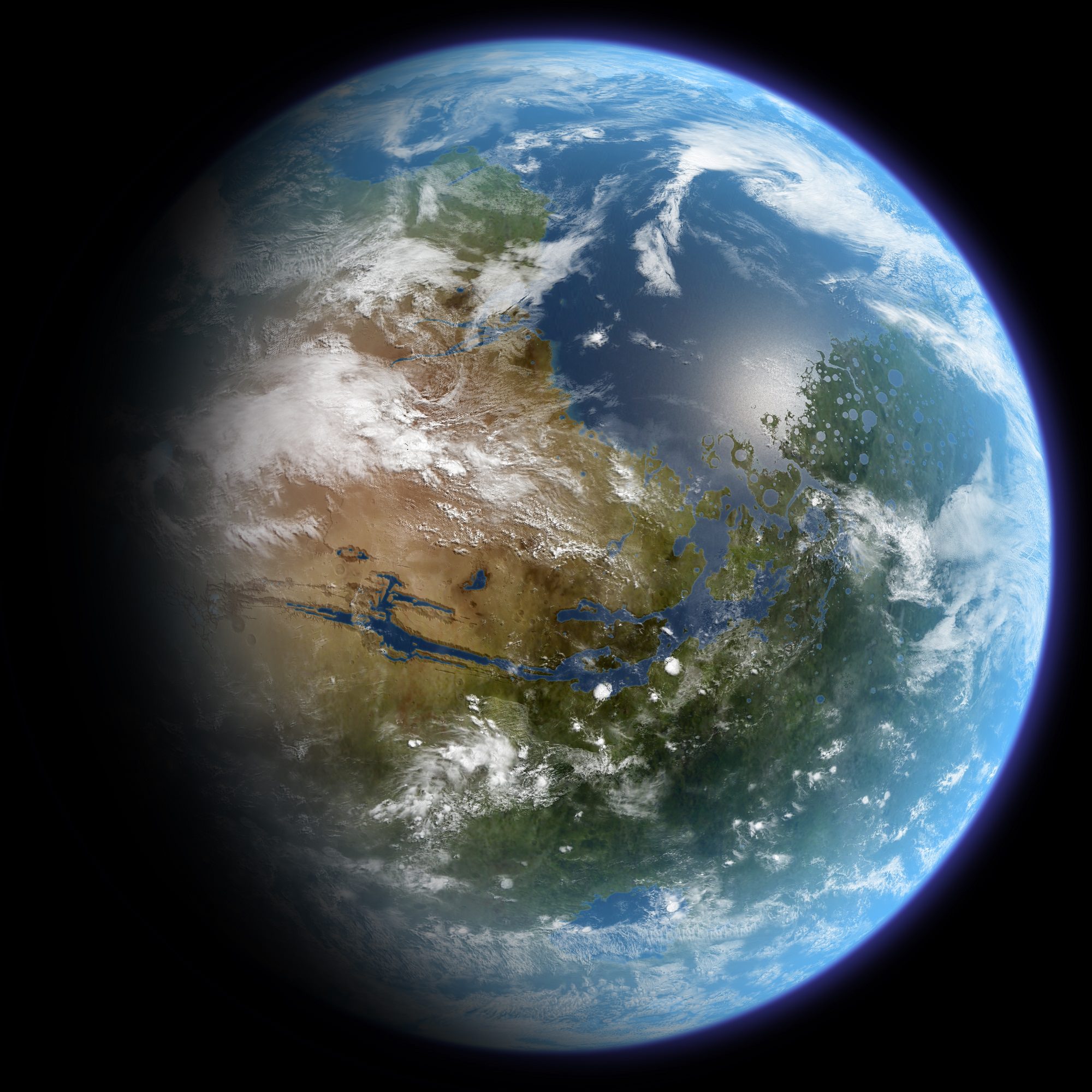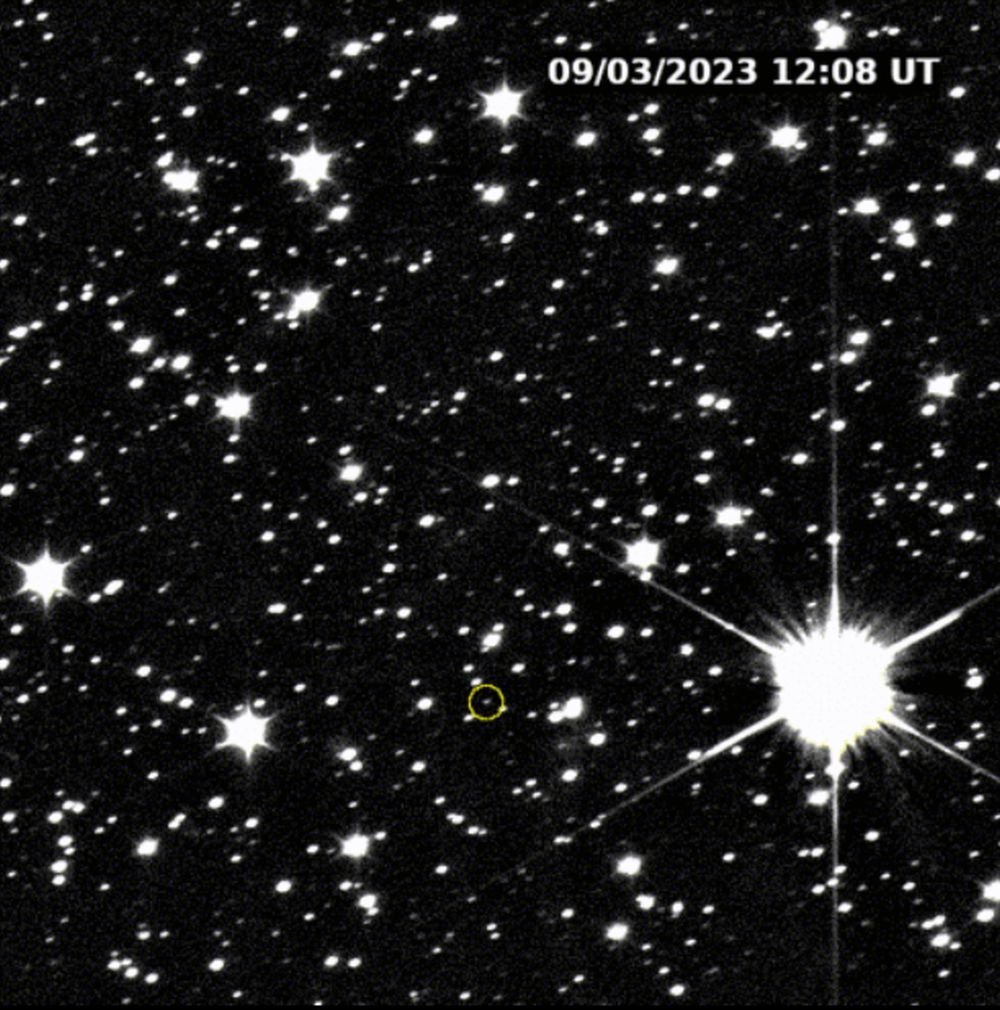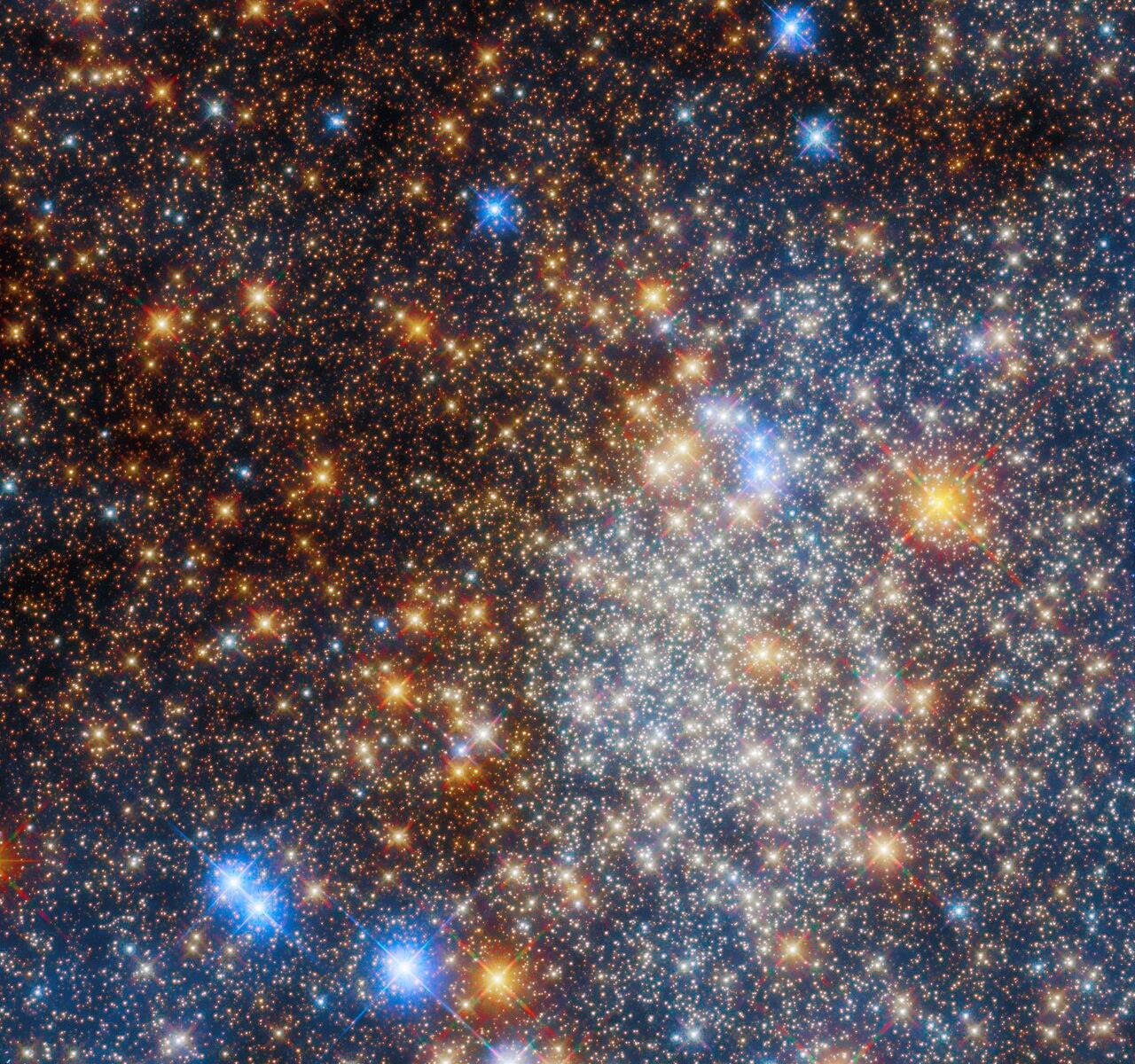For most of the history of astronomy, all we could see were stars. We could see them individually, in clusters, in nebulae, and in fuzzy blobs that we thought were clumps of stars but were actually galaxies. The thing is, most of what’s out there is much harder to see than stars and galaxies. It’s gas.
Now that astronomers can see gas better than ever, we can see how galaxies breathe it in and out. When they stop breathing it, stars stop forming.
Continue reading “Galaxies Breathe Gas, and When They Stop, No More Stars Form”
